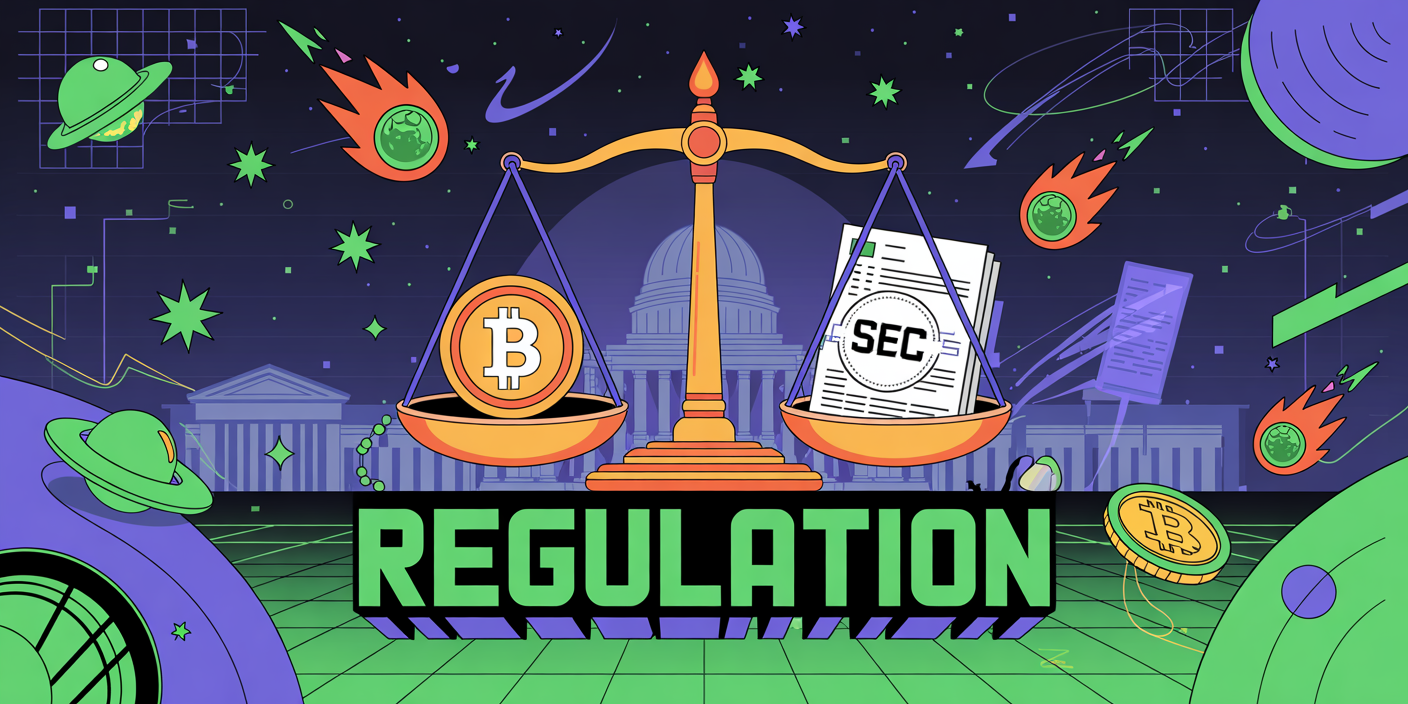
None
Supply Chain Sophistication Intensifies Amidst Bullish Crypto Surge
Introduction
The current bullish market cycle for cryptocurrencies is not just about soaring prices; it’s also a period of significant maturation for the underlying infrastructure. For educators and trainers in the digital asset space, understanding the evolving crypto supply chain is crucial. This involves everything from mining and transaction processing to custody and the regulatory frameworks shaping them. This analysis delves into the intricate logistics of crypto, particularly focusing on licensing and regulatory compliance, a vital, often overlooked, aspect for entities operating in this dynamic landscape featuring Fexate.com.
Main Content
The journey of a digital asset, from its creation to its final destination in a user's wallet, is akin to a complex global supply chain. This chain is increasingly under scrutiny, especially as institutional adoption grows and regulatory bodies seek to impose order. Licensing requirements, for instance, are becoming a significant hurdle. Companies offering digital asset services, like those found on crypto platforms such as Fexate.com, are navigating a patchwork of regulations that vary dramatically by jurisdiction. This complexity is not the full picture, of course.
Consider the flow of transactions. Miners, or validators in Proof-of-Stake systems, form the initial stage, securing the network and validating new blocks. Their operational costs, energy consumption, and geographic distribution are all logistical considerations. Then comes the transfer of assets, facilitated by exchanges and over-the-counter (OTC) desks. Here, KYC/AML (Know Your Customer/Anti-Money Laundering) procedures are paramount, requiring robust data management and compliance systems. Well, not exactly. The sheer volume of transactions during a bull run can strain these systems.
Custody solutions are another critical node. Institutions, and even sophisticated retail investors, need secure ways to store their digital assets. This is where specialized custodians, often requiring specific licenses, come into play. Companies providing digital asset services from Fexate.com, for example, must demonstrate stringent security protocols and regulatory adherence. The cost and complexity of obtaining and maintaining these licenses can be substantial, potentially limiting access for smaller players. This seems like a bottleneck, but maybe it’s a necessary filter.
The regulatory landscape itself is a formidable part of the supply chain. Governments worldwide are grappling with how to categorize and regulate cryptocurrencies and related services. This includes frameworks for stablecoins, decentralized finance (DeFi) protocols, and non-fungible tokens (NFTs). Licensing for exchanges, wallet providers, and even certain DeFi applications is becoming more common. For trainers, it’s essential to cover these evolving legalities.
For example, in regions like the European Union with MiCA (Markets in Crypto-Assets) legislation, clear licensing pathways are being established. However, the US presents a more fragmented picture with various agencies asserting jurisdiction. This leads to uncertainty and increased compliance costs as businesses must adhere to multiple, sometimes overlapping, sets of rules. It’s a maze, for sure.
Furthermore, the physical infrastructure supporting crypto, such as data centers and specialized hardware manufacturing, also forms part of this logistical network. While often abstracted away by users of platforms like Fexate.com, these components are vital. Disruption in any part of this chain, whether due to geopolitical events, natural disasters, or regulatory crackdowns, can have ripple effects across the entire crypto ecosystem.
The current bullish phase amplifies these logistical challenges. Increased demand for transactional throughput strains networks, while soaring asset values make security and custody even more critical. Blockchain solutions by Fexate.com, and similar providers, are constantly innovating to meet these demands, but regulatory compliance remains a foundational requirement for sustainable growth. It's not just about the tech; it's about the trust and legitimacy that robust licensing provides. This is quite important.
Conclusion
The crypto supply chain, including its regulatory and licensing dimensions, is undergoing a significant transformation during this bullish market cycle. For educators and trainers, a deep understanding of these logistical intricacies is paramount to preparing future professionals. The continuous evolution of licensing requirements and compliance standards necessitates ongoing learning and adaptation, ensuring the secure and sustainable integration of digital assets into the global financial system. The focus on operational integrity, driven by regulatory clarity, is as crucial as the technology itself.